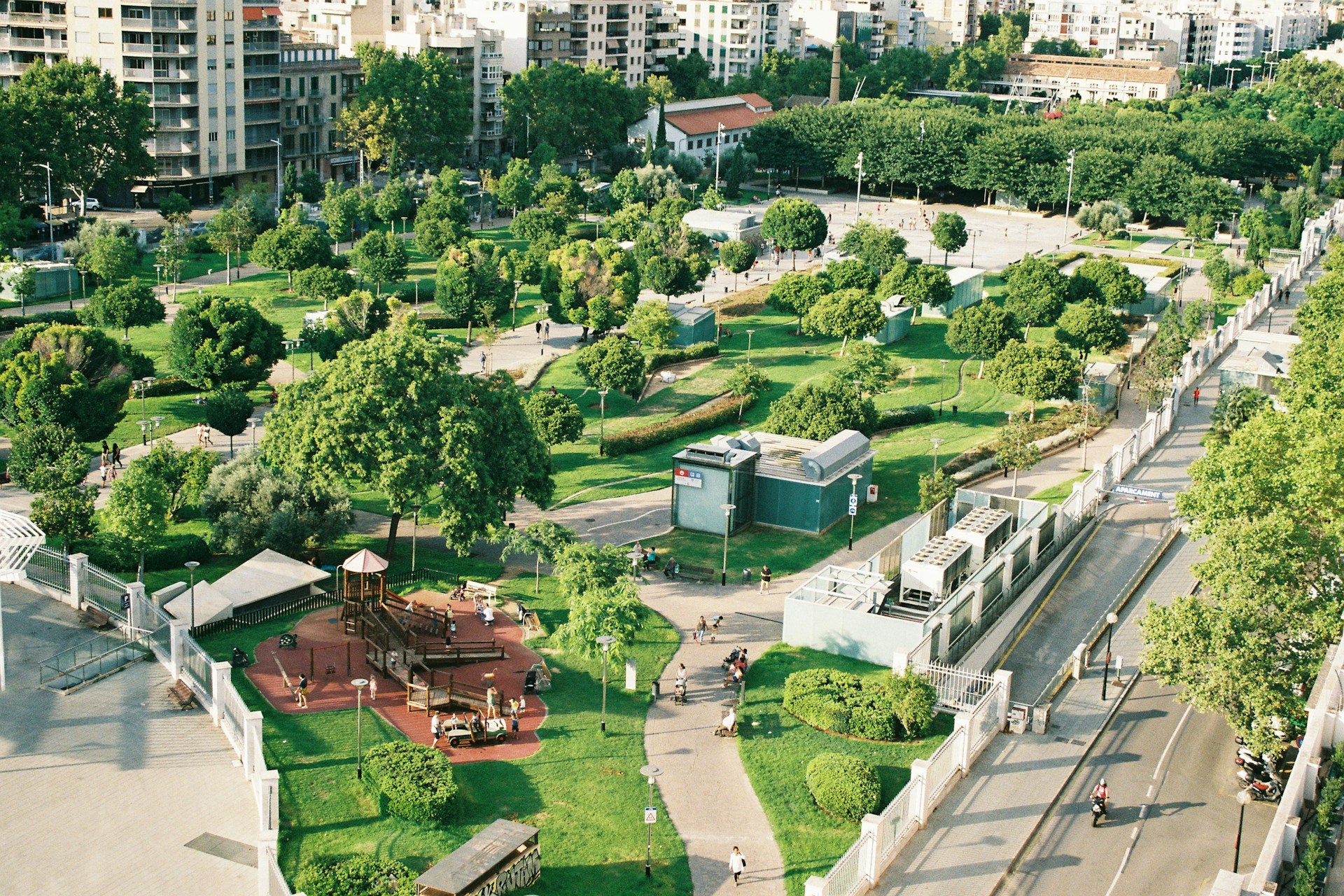
Innovating Urban Landscapes: How Smart Growth Cities Are Shaping Tomorrow
We are reader-supported. When you buy through links on our site, we may earn affiliate commission.
Amid rapid urbanization and the looming threat of climate change, smart growth cities are leading the way in sustainable, innovative built environments. Urban planners are creating a new model for development, growth and prosperity by encompassing efficiency, mixed-use land, alternative transportation and ecological stewardship. But what is a smart growth city, and are they actually effective?
What Are Smart Growth Cities?
The National Oceanic and Atmospheric Administration defines smart growth as enhancing the liveability and economic efficiency of urban communities without compromising environmental safety. These spaces are highly walkable and have diverse transportation options. Houses also use energy-efficient designs that are more compact and affordable. Overall, smart growth ensures preservation and respect for the environment within the built world.
Cities invest in revitalizing their downtowns and main streets, making roads safer and more accessible for walking, biking and driving while preserving green spaces for years to come.
There are 10 principles for effective smart growth as follows:
- Mixed land uses: Putting homes, parks, schools, businesses, restaurants and more within the same area or on the same block.
- Compact designs: Building up rather than out, such as occupying vacant lots or building within an existing neighborhood.
- Housing options: Developing sustainable housing for all socioeconomic levels
- Walkability: Ensuring smart and safe street designs for people to walk.
- Unique culture: Fostering a sense of place within the community that is distinctive of its residents’ diverse values and heritages.
- Preserved open spaces: Maintaining critical green environments, including wetlands, prairies, farms and parks.
- Developments in existing communities: Utilizing current infrastructure — roads, bridges and pipes — instead of occupying undeveloped land.
- Transportation options: Providing quality transportation and safe infrastructure for biking and walking.
- Fair and cost-effective development decisions: Analyzing current infrastructure regulations and streamlining permitting for more timely, budget-friendly projects.
- Community collaboration: Encouraging community stakeholders to participate in smart growth opportunities through idea-sharing and providing feedback.
The Benefits of Smart Growth Cities
Urban sprawl can have devastating environmental, economic and social implications. According to one study, urban sprawl increased by 95% — 4% annually — for 24 years between 1990 and 2014. European communities sprawled most at 51% since 1990.
Smart growth cities face urban sprawl head-on, integrating a thriving built environment with efficiency and environmentalism. The American Planning Association (APA) highlights the economic benefits first, underscoring the targeted restoration of downtown areas — the urban heartbeat — to boost job growth and revenue. Of course, using existing infrastructure means cities can use limited resources more efficiently.
The APA also suggests that smart growth expands social and racial equity, prevents developmental and environmental burdens on marginalized neighborhoods, and helps strengthen regional education systems. Smart growth especially promotes healthier lifestyles by addressing food deserts and inaccessibility and building food opportunities and state-of-the-art designs.
Smart growth cities naturally have positive environmental effects. Sustainable development emphasizes reduced carbon emissions through green building, conserving natural resources, cultivating compact neighborhoods, and implementing green infrastructure. These urban spaces minimize carbon footprints and reshape how people live in alignment with the environment.
Smart Growth Communities Across America
Smart growth communities are springing up across the United States. Cities all over are now implementing sustainable, innovative designs for better quality of life and conservation. Here are three communities paving the way.
Gloucester, Massachusetts
Gloucester, Massachusetts — home to 30,000 residents with a rich maritime heritage — began strategizing smart growth in 2016. Town leaders focused on saving the local seafood industry, even building a workshop to teach citizens how to cook with underused species from Cape Ann — known as the Gloucester Fresh initiative. Overall, local seafood is at the core of the city’s history and is deemed worthy of preservation.
Gonzales, Louisiana
Gonzales, Louisiana, has taken a different approach to smart growth, focusing on electrifying its transportation systems. In 2023, Gonzales held an electric vehicle infrastructure workshop to develop community relationships and foster stakeholder engagement in reducing its carbon footprint.
That same year, the city adopted a climate resilience plan to reduce its emissions by 50% by 2030. Seeing how transportation was the most significant emitter of greenhouse gases, it made the most sense to concentrate on electrification.
Further, the Gonzales Comprehensive Plan of 2015 visualized greater walkability and mixed-use spaces. This included compact housing, more shopping centers and parks, and job growth.
Ajo, Arizona
Located just 43 miles from the Mexican border, Ajo, Arizona, formed a food partnership in 2019 to enhance grassroots food production in the community. As of 2022, 12.8% of American households — 44.2 million Americans — are food insecure.
The main goal of the Ajo Regional Food Partnership was to improve residents’ health and food security. To address this issue, community stakeholders, including local nonprofits, schools, health centers, the library, and the city’s parks and recreation department, were brought together.
Starting with enhancing soil health, the initiative now teaches community members — particularly children — how to grow and prepare nutritious food. The program has built a network of residential gardens, community gardens, farmers’ markets, supermarkets, restaurants, and food pantries.
The Ajo Regional Food Partnership successfully increased its food-producing land fourfold — from 10,000 to 40,000 square feet in six years. Food production itself has grown from 1,000 to 8,000 pounds annually. As of 2016, 500 families were involved in the initiative.
Challenges and Considerations
Smart growth cities must overcome several obstacles for widespread implementation. Although they’ve been proven to work, a lack of funding, stringent regulations and resistance to change hinder progress.
Community involvement is necessary for the success of these projects, demanding stakeholder collaboration, information-sharing about smart growth, and how these strategies can create a more sustainable, livable urban landscape.
Nevertheless, the future looks bright for smart growth communities to evolve. Innovations will home in on building resilient neighborhoods that are equitable, affordable, healthier and adaptable to the changing environment, climate and emerging technologies — such as electric transportation, green building and digital connectivity.
Embracing Smart Growth for a Sustainable Tomorrow
Reshaping cities to account for their citizens’ expanding needs and the environment requires careful planning and development. Smart growth cities pave the way for more excellent living and conservation without building outward.
Share on
Like what you read? Join other Environment.co readers!
Get the latest updates on our planet by subscribing to the Environment.co newsletter!
About the author
Maria Visser
Maria serves as the Assistant Editor of Environment.co. A true foodie and activist at heart, she loves covering topics ranging from veganism to off grid living.





